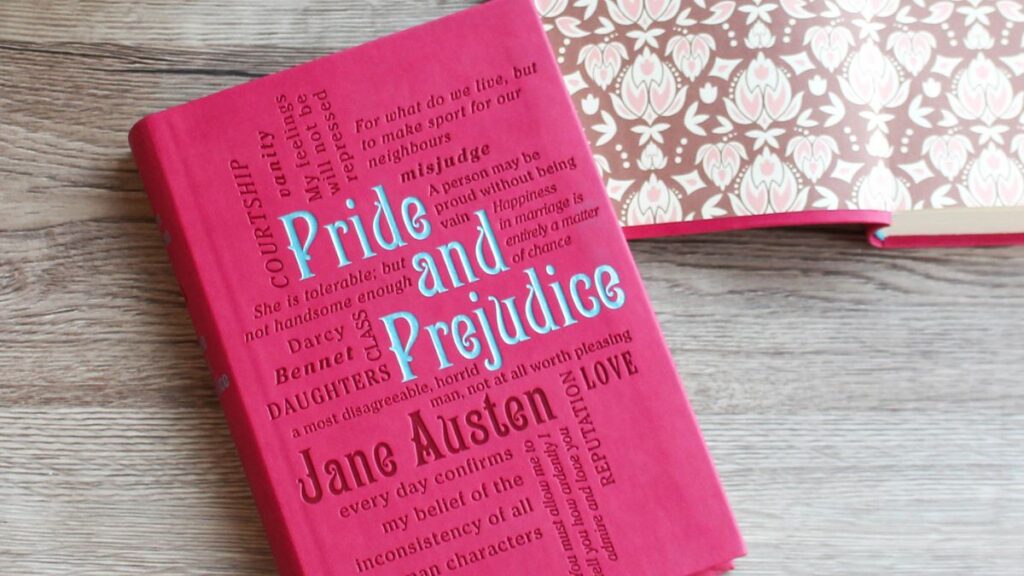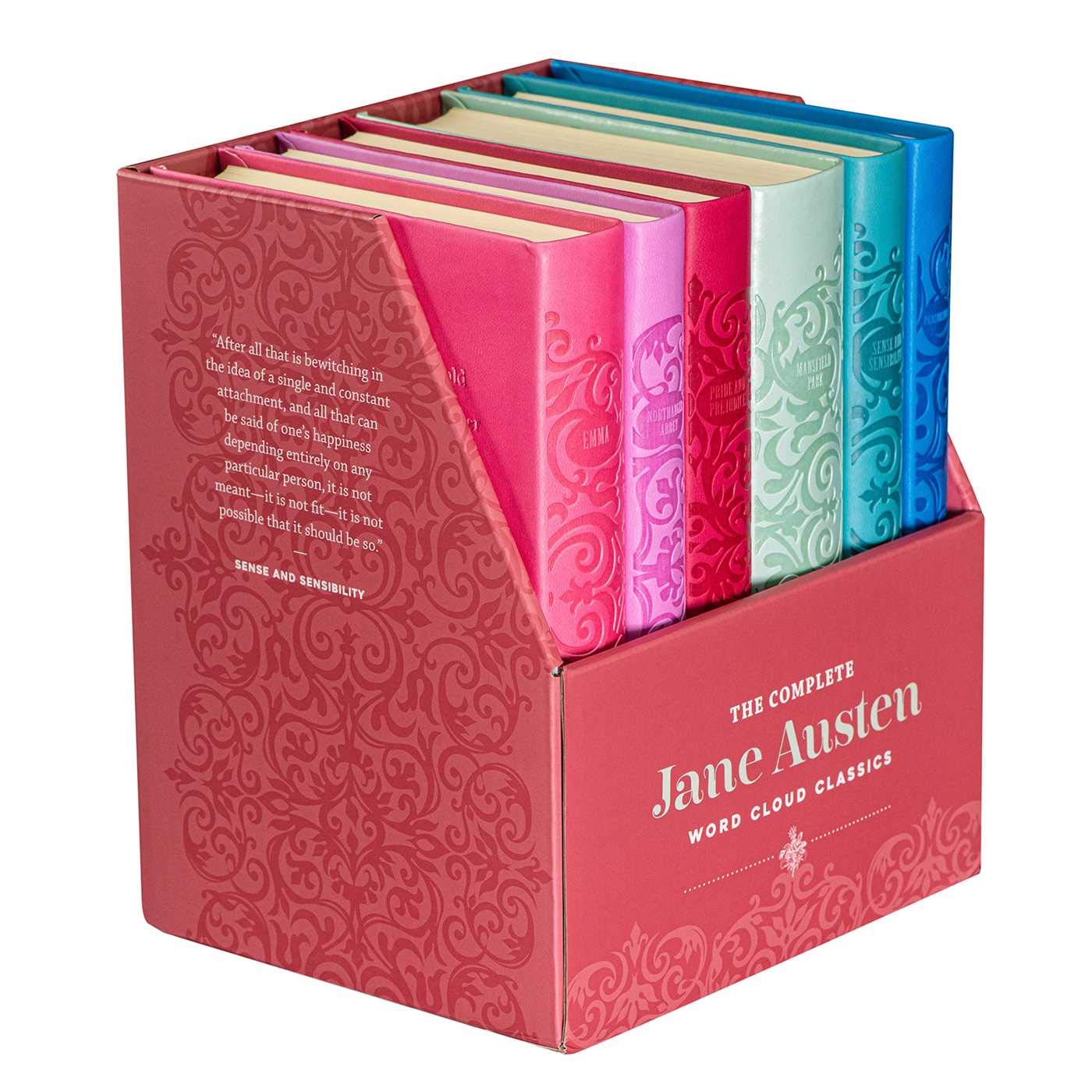By Brian Boone
Jane Austen’s beloved landmark novel of 19th century British class politics, romance, and precision humor has sold more than 20 million copies and inspired dozens of direct and indirect literary and film adaptations. Here are some facts about the making of Pride and Prejudice on its birthday—it first hit stores on January 28, 1813.
Pride and Prejudice wasn’t always a traditional novel called Pride and Prejudice
When Austen started writing what would become Pride and Prejudice, she called it First Impressions. And in that initial form, it was an epistolary novel, meaning it was presented in the form of letters sent between characters. That was a popular style of the late 1700s and 1800s, but Austen would ultimately abandon that format in favor of a more straightforward narrative style.
Add the complete collection of Jane's novels to your library.
Pride and Prejudice was quickly rejected at first
In October 1796, 21-year-old Austen started work on First Impressions, later Pride and Prejudice. She finished the manuscript in 1797, and her father tried to get it published as a three-volume work with London’s Cadell and Davies. The company didn’t even request the manuscript, rejecting the work based upon George Austen’s query letter.
Pride and Prejudice was finally published years later
After Sense and Sensibility, published anonymously and credited to “A Woman” in 1811, Jane Austen went back to Pride and Prejudice, aggressively editing it and submitted it to U.K. publisher Egerton. This time, it was accepted, and it was also published anonymously. On January 28, 1813, Egerton put out Pride and Prejudice, attributed to “the author of Sense and Sensibility.”
It made Jane Austen a moderate sum of money
Unable to negotiate a royalty arrangement or a substantial advance, Austen and Egerton agreed on a flat fee. The publisher bought the copyright (and full control) of Pride and Prejudice for the sum of £110—far less than Austen’s requested rate of £150. The first print run sold out so quickly that Egerton ordered a second printing later in 1813, and one more in 1817. Austen didn’t get a bit beyond her one-time payment, earning the contemporary equivalent of £6,300, or about $8,000. Egerton turned a profit of £450 on Pride and Prejudice, or £26,000—roughly $33,000.
The title comes from another book
Both Mr. Darcy and Elizabeth Bennet express both of the titular qualities of “pride” and “prejudice” in abundance, sometimes to an annoying degree. The alliteratively memorable phrase first struck Austen when she read Frances “Fanny” Burney’s 1782 novel, Cecilia. “Pride and prejudice” appears three times in the book, as both a refrain and a thesis, including this instance: “’The whole of this unfortunate business,’ said Dr. Lyster, ‘has been the result of pride and prejudice.’”
The characters are based on real people
Austen based the two main female characters of Jane and Elizabeth Bennet, or at least their crackling and mutually protective relationship, on the one she shared with her sister, Cassandra Austen. And Elizabeth’s reluctant but eventual true love, Mr. Darcy, is also modeled after a real figure. In 1795 and 1796, Austen entertained the affections of Thomas Lefroy, an attorney from Ireland whom she nearly married. And while Mr. Darcy is almost always referred to in that formal way, he does have a first name, ever so briefly mentioned: Fitzwilliam.
It is a truth universally acknowledged, that an individual in possession of a good mind, must be in want of Jane Austen titles for their bookshelf. Canterbury Classics offers them with pride (and no prejudice).









